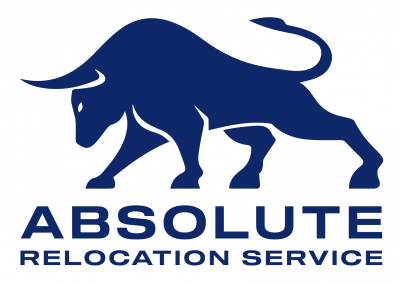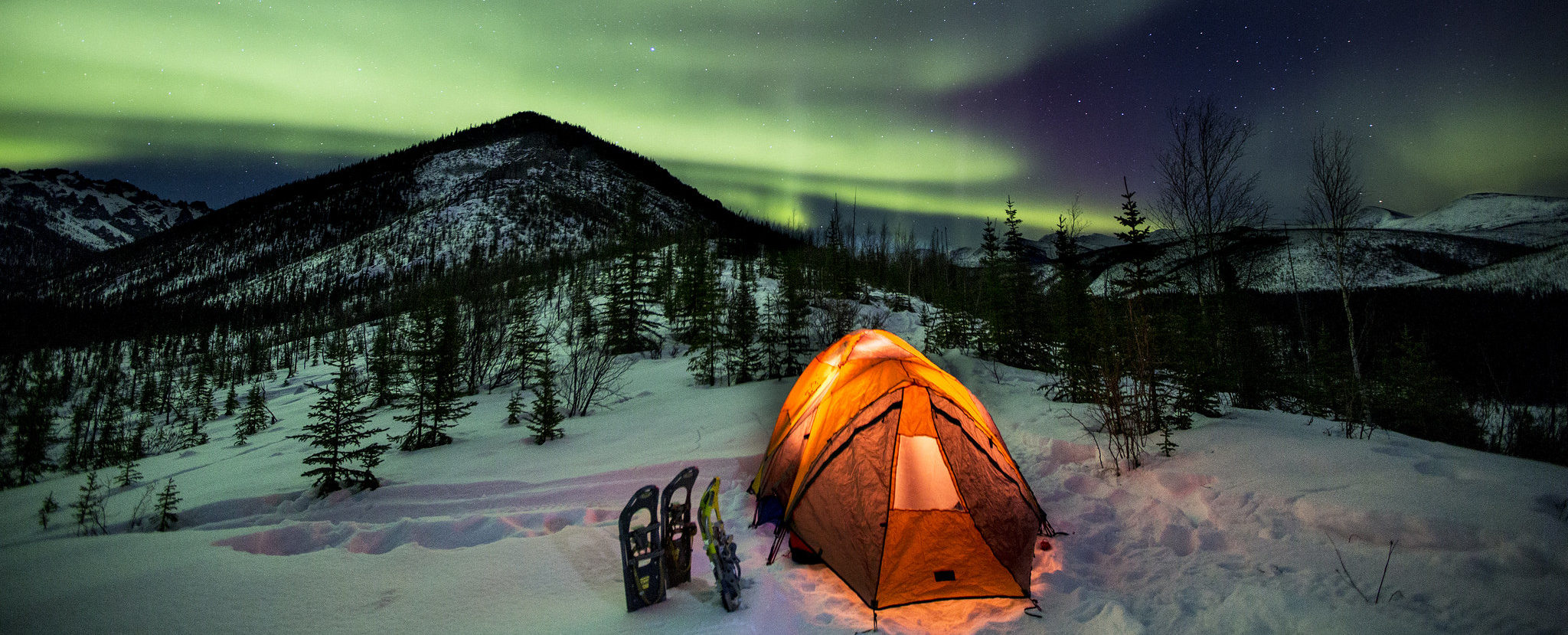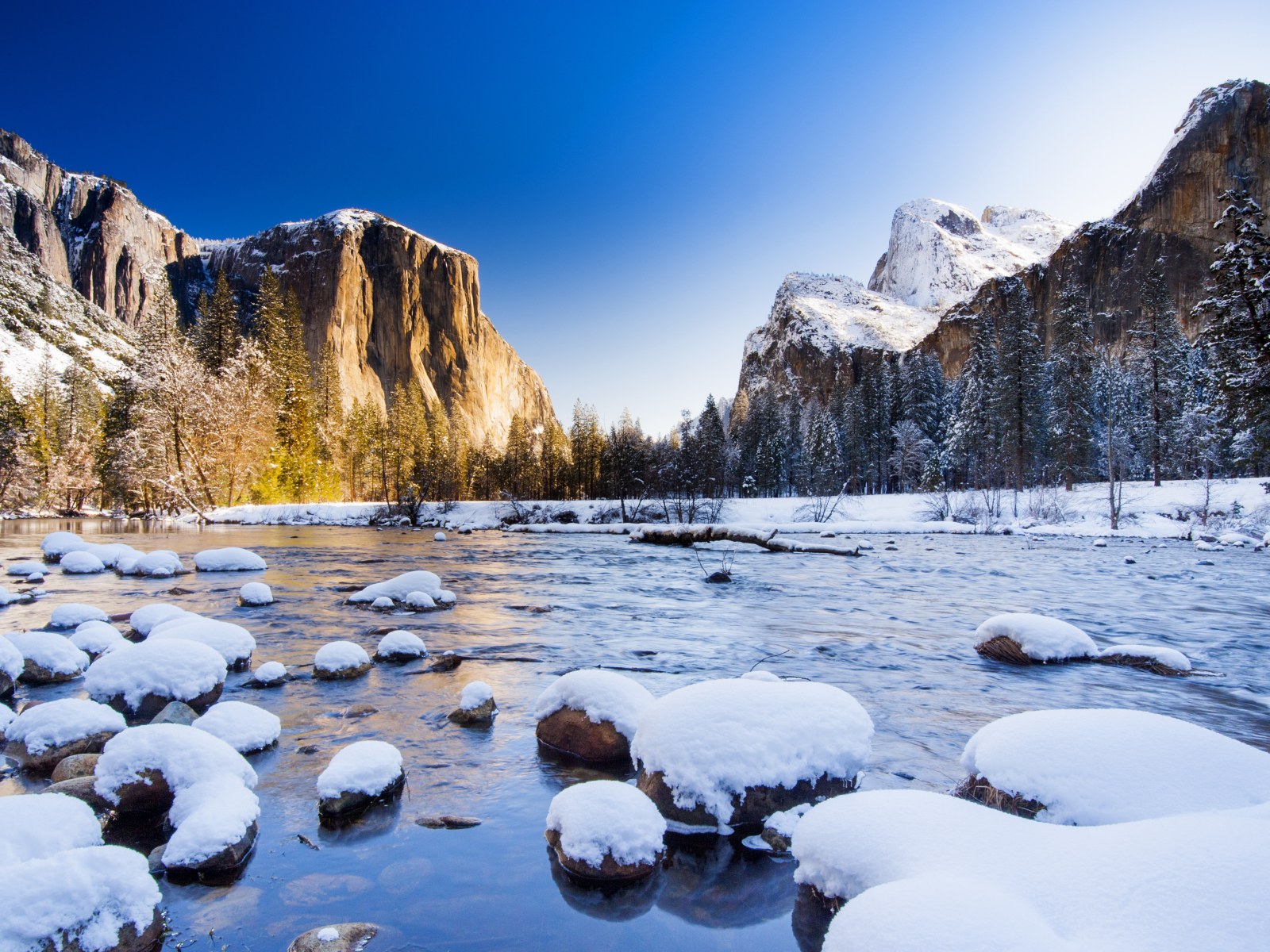Cost of Leaving in Alaska
Living in Alaska offers unique experiences, but it also comes with a unique cost of living that potential residents should be aware of before making the move. Here is an overview of how the cost of living in Alaska compares to other places:
Housing:
Alaska’s housing costs vary significantly by location. Urban areas like Anchorage and Fairbanks tend to have higher housing costs, similar to those in mid-sized mainland cities. However, in remote areas, prices can skyrocket due to transportation costs and limited supplies. Expect to pay more for a comparable property in Alaska than in the lower 48 states, particularly in rural areas.
Utilities:
Utility costs in Alaska are higher than the national average. The cold climate means higher heating bills, particularly during the long winter months. Electricity is also expensive due to the remote nature of many communities, which may not have easy access to the power grid and often rely on generators or alternative energy sources.
Food:
Grocery costs in Alaska are higher than in most of the continental United States. This is because much of the food is shipped or flown in, which adds to the expense. However, residents can offset some food costs by fishing, hunting, or gardening during the brief summer season.
Transportation:
Transportation costs vary depending on proximity to major highways and services. Owning a vehicle is necessary in most of Alaska, and gas prices can be high. In more remote areas, bush planes and boats may be common modes of transport, adding to the expense. However, some areas offer annual Permanent Fund Dividends (PFD) to residents, which can help offset transportation and other living costs.
Healthcare:
Medical facilities in Alaska are concentrated in larger cities, with smaller clinics serving outlying areas. This can lead to higher healthcare costs, especially for those requiring specialized or emergency care, as it may involve traveling to a bigger city or even out of state.
Clothing:
Due to the extreme weather, high-quality cold weather gear is essential. This type of clothing can be expensive but is a necessary investment for daily life during the colder months.
Taxes:
Alaska has no state income tax or sales tax (though some cities may impose local sales taxes). This can be a significant financial benefit and may help balance out the higher cost of some other essentials.
Despite the higher cost of certain goods and services, moving to Alaska can still be manageable with proper budgeting and lifestyle adjustments. The state’s natural beauty, outdoor recreational opportunities, and unique living experience often outweigh the financial considerations for many residents. It’s important to weigh these factors and plan accordingly when considering the move to Alaska.





